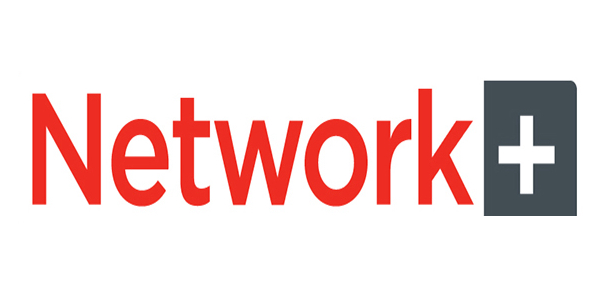Network + Prep Quiz - IP Routing/Addressing
- CompTIA Network+
- IPv4
- IPv6
Personalize your quiz and earn a certificate with your name on it!
Submit
Submit
Submit
Submit
Quiz Review Timeline (Updated): Mar 21, 2023 +
Our quizzes are rigorously reviewed, monitored and continuously updated by our expert board to maintain accuracy, relevance, and timeliness.
-
Current Version
-
Mar 21, 2023Quiz Edited by
ProProfs Editorial Team -
Oct 25, 2010Quiz Created by
Spaz072184
















